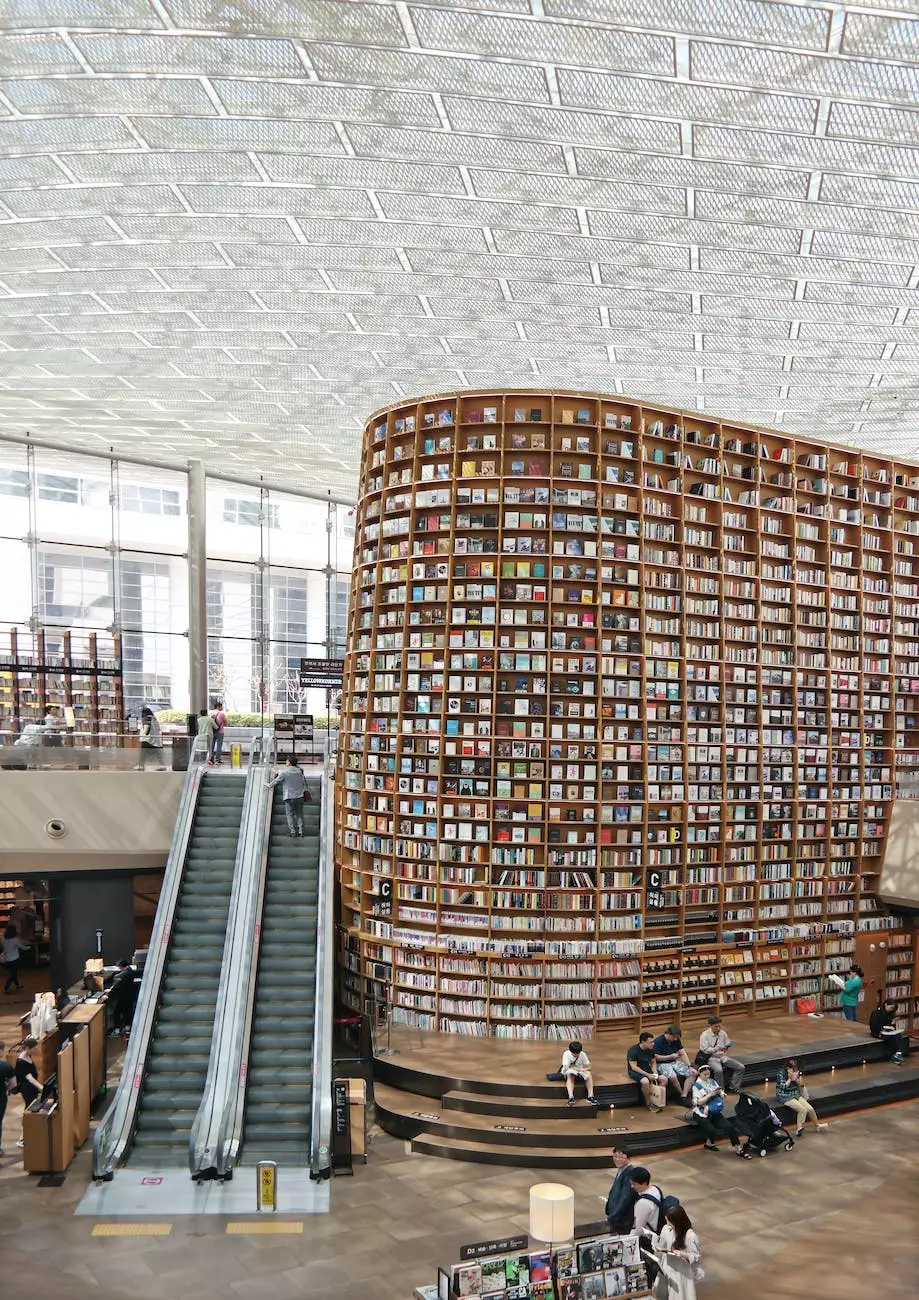What Is Lidl's Organisational Structure

Introduction
Lidl, a well-known international supermarket chain, has gained popularity for its cost-effective prices and wide range of products. Understanding the organizational structure of Lidl is essential for gaining insights into its hierarchical setup, decision-making processes, and key departments.
Overview of Lidl's Organisational Structure
Lidl follows a hierarchical organizational structure, whereby decision-making authority flows from the top management down to the lower levels of the organization. This approach ensures efficient communication and coordination across different departments and facilitates effective implementation of company strategies.
Key Departments
Lidl's organizational structure comprises several key departments, each responsible for specific functions within the company. These departments include:
- Purchasing: The purchasing department is responsible for sourcing products, negotiating with suppliers, and maintaining inventory levels.
- Operations: The operations department focuses on store operations, logistics, and supply chain management to ensure smooth and efficient functioning of Lidl stores.
- Marketing: The marketing department handles advertising, promotion, and branding activities to enhance brand visibility and attract customers.
- Human Resources: The human resources department manages recruitment, employee training and development, performance evaluation, and employee relations.
- Finance: The finance department handles financial planning, budgeting, and accounting functions. It ensures accurate financial reporting and compliance with financial regulations.
- Information Technology: The IT department oversees technology infrastructure, software development, data management, and cybersecurity to support Lidl's operations and innovation initiatives.
Benefits of Lidl's Organisational Structure
Lidl's hierarchical organizational structure offers various advantages:
- Efficient Communication: The clear chain of command facilitates effective communication and enables quick decision-making within the organization.
- Streamlined Processes: Each department has well-defined roles and responsibilities, promoting streamlined processes and efficient operations.
- Specialized Expertise: The division of labor allows employees to specialize in their respective roles, leading to a higher level of expertise.
- Centralized Control: The hierarchical setup allows top management to have centralized control over strategic decision-making processes.
- Opportunity for Growth: The structured career progression within Lidl's organizational structure provides employees with opportunities for growth and advancement.
Conclusion
Understanding Lidl's organizational structure is crucial for comprehending the company's decision-making processes, the flow of information, and the roles played by different departments. By maintaining a well-defined hierarchical setup, Lidl ensures efficient coordination, strategic direction, and successful implementation of company strategies. Stay informed with The Knowledge Nest for more insights into organizational structures and key business concepts.










